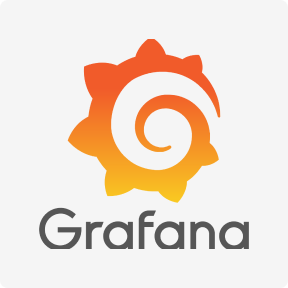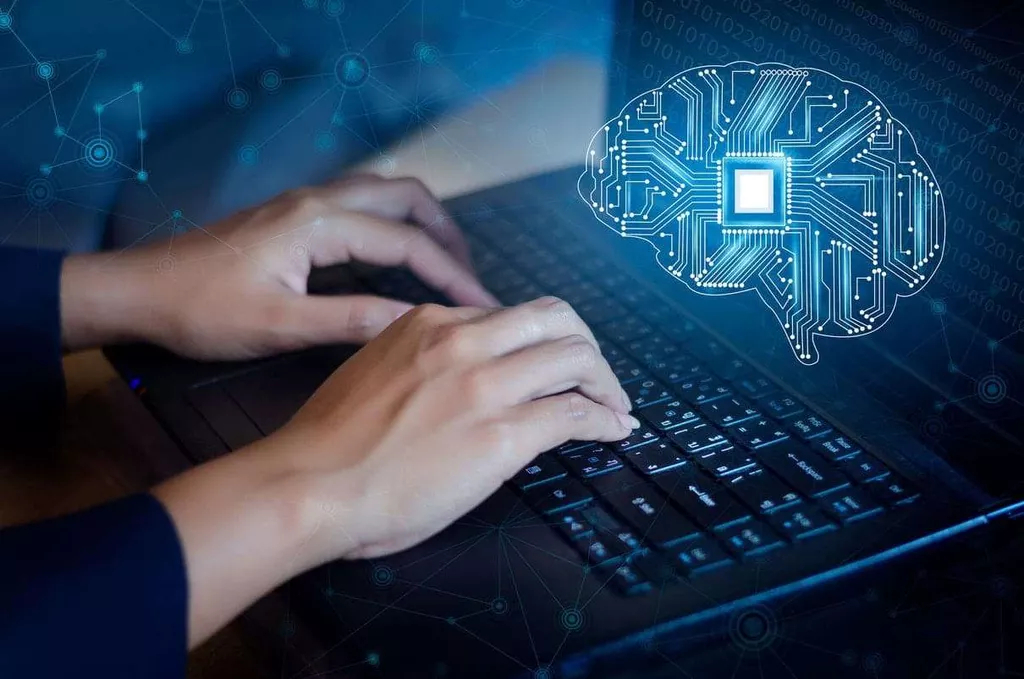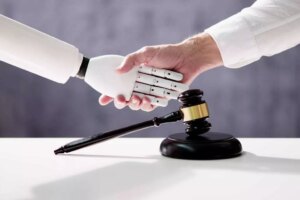Even though databases and blockchains are typically seen as two different items, it is possible to create a hybrid. Those hybrids are called blockchain databases and try to use the best of both worlds to create a secure and immutable chain of easily queryable blocks that offers excellent performance. To sign a new block, a node needs to find an SHA-256 signature that matches specific criteria. To do so, it will use the nonce field to brute force possible solutions.

By staying informed about the latest developments in this field, you can help drive innovation and shape the future of personal record sharing. There is just one item in the chain for now, but as you keep adding more blocks, the number will increase. This playground provides us with all how to make a blockchain we need to write our first smart contract. You will notice that there are now two (2) blocks in the chain and no more transactions in the pendingTransactions array. Now that we understand how a hash is generated in blockchain, let’s get back to demonstrating how blockchain works.
Create Your Own Blockchain
It lets you manage, deploy, and develop applications, smart contracts, and tests. If you have a different operating system, then you can also download the Mac or the Linux version. Once installed, you should be able to utilize it through the command-line tool. Before we dive deep into creating a blockchain app, let’s try to understand how a blockchain application would work in the first place. In this section, our focus would be to create a straightforward blockchain app in just five simple steps. If you have never built a blockchain app, then these five steps will help you understand the process better.
This makes blockchain an exciting new frontier for aspiring data professionals. Blockchain’s cross-industry impact is growing at a rapid pace, and demand for blockchain-savvy professionals is subsequently increasing. Data structures serve as a natural foundation to higher-level blockchain knowledge. They represent the basic framework upon which all blockchain networks operate and are a strong gateway into more advanced topics within data storage, distribution, and defense.
What Is a Blockchain?
Non-operational, on the other hand, would be accessed via an intermediary. If any of the information in the data inside the block is altered, the signature becomes invalid. To make the block valid again, this signature would need to change. To ensure that the following blocks still work, a new signature would also need to be generated for each of them.

But it wasn’t until almost two decades later, with the launch of Bitcoin in January 2009, that blockchain had its first real-world application. For instance, imagine that a hacker runs a node on a blockchain network and wants to alter a blockchain and steal cryptocurrency from everyone else. If they were to change their copy, they would have to convince the other nodes that their copy was the valid one. Each node has its own copy of the chain that gets updated as fresh blocks are confirmed and added. This means that if you wanted to, you could track a bitcoin wherever it goes. For instance, the Ethereum network randomly chooses one validator from all users with ether staked to validate blocks, which are then confirmed by the network.
Public blockchains
It supports the network by validating and relaying transactions. Nodes are core infrastructure in a blockchain network without which the system cannot be implemented or operated. The availability of these nodes is what makes the system distributed and trustworthy. Without nodes, Blockchain is just a database secured with a cryptographic hash.

High-performance blockchain databases such as BigchainDB and ProvenDB are using MongoDB. To implement their solution for a blockchain database, the BigchainDB team decided to use MongoDB as the distributed database under the hood of their product. First is the database deployed in an enterprise or a consortium. Sometimes, an enterprise can use a blockchain internally and act as the central authority controlling the data. Cryptocurrencies use this consortium model to ensure that no single source owns the data.
What Language Blockchain Use
MySQL and MongoDB are common external databases to choose from too. Depending upon your use case, you need to choose the consensus mechanism that makes the most sense. For example, for cryptocurrencies and blockchain, POW and PoS are among the most used. For industries where consumers are bothered about environmental or human rights issues, fake products, and fraud, this helps provide checks and balances. Particularly, this function has found use in the logistics and supply chain industry.
- In the case of Bitcoin, it uses a mix of LevelDB and BerkeleyDB.
- Therefore, before we start, you may consider taking a professional blockchain course at the iMi academy.
- The beauty of Go is that you don’t have to import or export functions, just declare them with capital letters, and Go will find them for you.
- You can create a new coin or token with any degree of customization by hiring a blockchain development company.
- While blockchains can be considered a database, a database is typically not a blockchain.
- It includes a large FPGA fabric to take your blockchain solution to the next level.
He is passionate and enthusiastic about Blockchain technology and also uses creative thinking to solve business problems using a user-centered approach. He spends most of his time either learning a new skill or teaching others what he loves doing best. The token supply, initial user balances, and global blockchain settings you define in a Genesis file. The Genesis balances indicate what was the original blockchain state and are never updated afterwards. The token supply, initial user balances, and global blockchain settings are defined in a Genesis file.
Industries That Are Ready For Blockchain
For this reason, aspiring blockchain developers should become familiar with them in order to fully understand their intended work environment. These are just a few examples of the common types of blockchain applications. However, the possibilities are endless, and blockchain technology continues to spark innovation in many other areas. Each step requires careful planning and consideration to ensure a successful and reliable application. In recent years, blockchain technology has revolutionized various industries, from finance to supply chain management.

With over 15 years of experience, Muhammad brings a wealth of knowledge and expertise across a diverse range of industries. This extensive experience enables him to understand the unique challenges faced by different businesses and help customers to create solutions on AWS. The exact steps may vary depending on the chosen blockchain framework and the specific requirements of your project. It’s essential to refer to the official documentation, guides, and resources provided by the framework. This post brings together the concept of biometrics, a versatile type of data, and its application in authentication. Biometric authentication has grown increasingly feasible and dependable due to the distinctiveness of physical attributes—each individual embodies a password.
Step 5: Designing the Blockchain Instance
It offers a wide set of tools that lets you work effectively on your dApp. You can use the Solidity programming language to develop an Ethereum smart contract. So, let’s get started with our “How to build a blockchain app” tutorial. This tutorial is also aimed at those who are looking to build a simple blockchain app. To build a simple blockchain app, we are going to use the Ethereum network.
